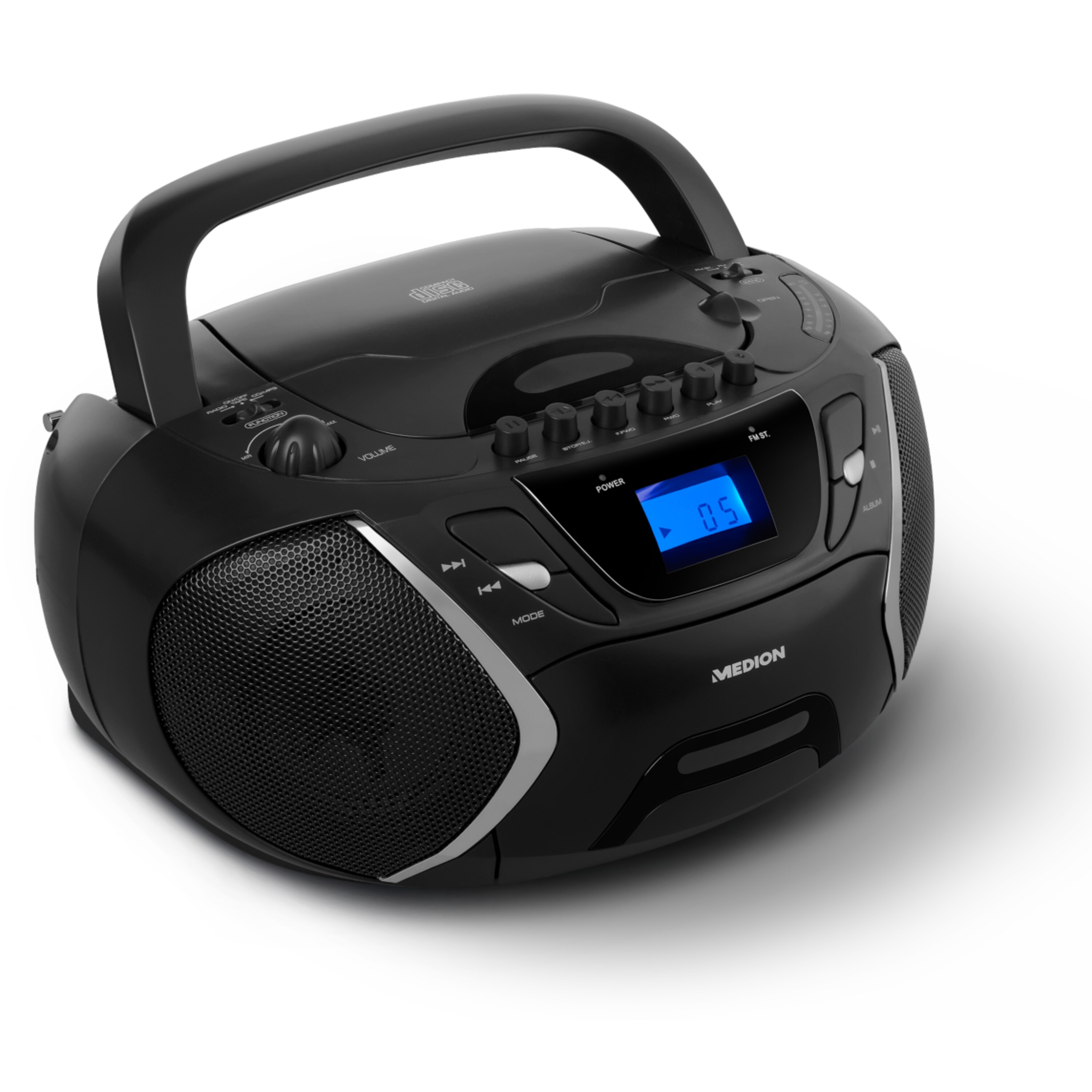

This type of hard pitch correction distorts the voice but ensures that it's in key. However, when pushed too far, this will often remove the performance's humanness, greatly reducing any vibrato or pitch ramping between notes.

This is often when the “auto-tune effect” comes into play.īy tuning the processor to the key of the song, we can effectively make the vocal match the key regardless of how out-of-key the singer or instrument is.

That would mean that we're tuning the vocal to be consistently sharp.Īdditionally, these pitch correction processors can be tuned to certain musical scales. We wouldn't want to lock into A440 if the rest of the music were in A432. Related article: Fundamental Frequencies Of Musical Notes In A=432 & A=440 Hzīeing able to tune Auto-Tune ensures its compatibility with the various tuning systems. A432: where middle A is tuned to 432 Hz and all other notes are tuned accordingly.A440: where middle A is tuned to 440 Hz and all other notes are tuned accordingly.Though they are both based on the equal-temperament 12-tone scale, they differ in the fundamentals that relate to each note. Tuning Auto-TuneĪuto-Tune and other pitch correction plugins can be effectively “tuned.”īeing able to tune the pitch correction is incredibly important for different applications.įor example, there are two commonly used pitch systems in music. Once the pitch is defined, Auto-Tune will adjust it (up or down) to the nearest “true” note according to our equal-temperament 12-tone system. That being said, processors such as Melodyne are fairly accurate at identifying the individual notes within a chord and are able to fine-tune single notes within chords. The processor identifies pitch by reading the signal's frequency content and correlating the stronger frequencies to fundamentals and harmonics of a particular note.Ĭhords, which are made of multiple notes, are difficult for Auto-Tune to process. Additionally, there are harmonics that sound at integer multiples of the fundamental frequency.įor example, a fundamental frequency of 100 Hz would have harmonics at 200, 300, 400, 500 Hz, and so on. A single note of the human voice or musical instruments generally has a fundamental frequency (the note being sung or played). In western equal temperament, there are 12 equally divided semitones within an octave.Īuto-Tune first identifies the pitch of the audio signal. Auto-Tune is used to alter the pitch of vocals and instruments (either subtly or obviously).Īuto-Tune and other auto-tune-like pitch correctors typically process audio by shifting the identified pitch to the nearest true semitone. Many other pitch correction processors are on the market, though Auto-Tune is the proprietary eponym. What is auto-tune? Auto-Tune (first released in 1997) is a pitch correcting audio processor by Antares Audio Technologies. That is what this article will discuss!īefore we get into our discussion on auto-tune mics, it's worth defining what auto-tune is. So even though there aren't true “auto-tune mics” out there, it's still worth understanding how auto-tune setups work with microphones, particularly in live settings. The processor is tuned to the proper key and setting and effectively auto-tunes the mic signals. How do auto-tune microphones work? Well, there is really no such thing as an “auto-tune microphone.” Rather, the microphone outputs a mic signal which is then sent through an auto-tune processor (often in the form of a foot pedal). Love it or hate it, the “auto-tune” effect is a pretty cool technological advancement in the field of audio, allowing vocalists to sing into a microphone and have their voices transformed into pitch-perfect notes.


 0 kommentar(er)
0 kommentar(er)
